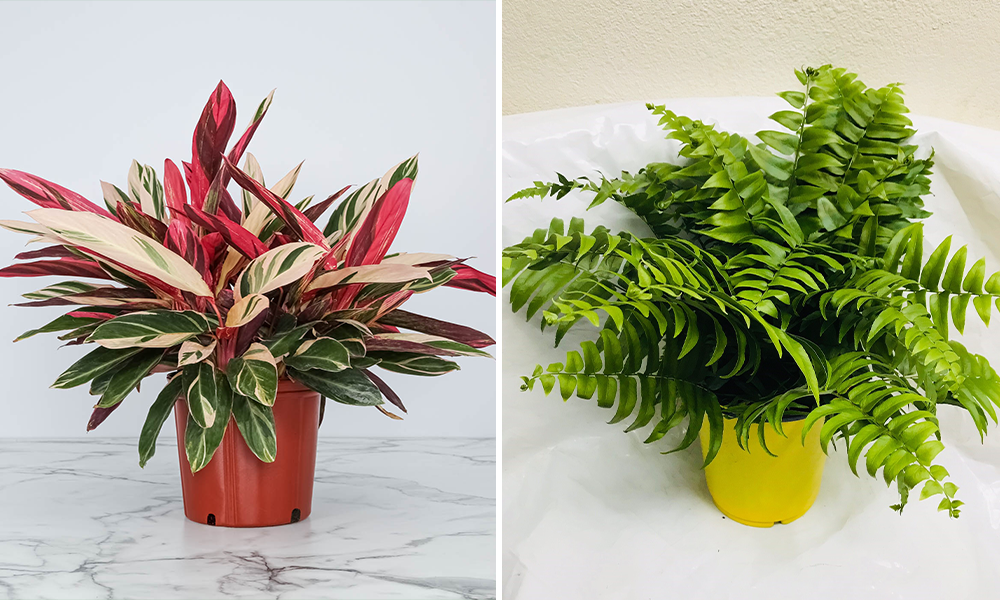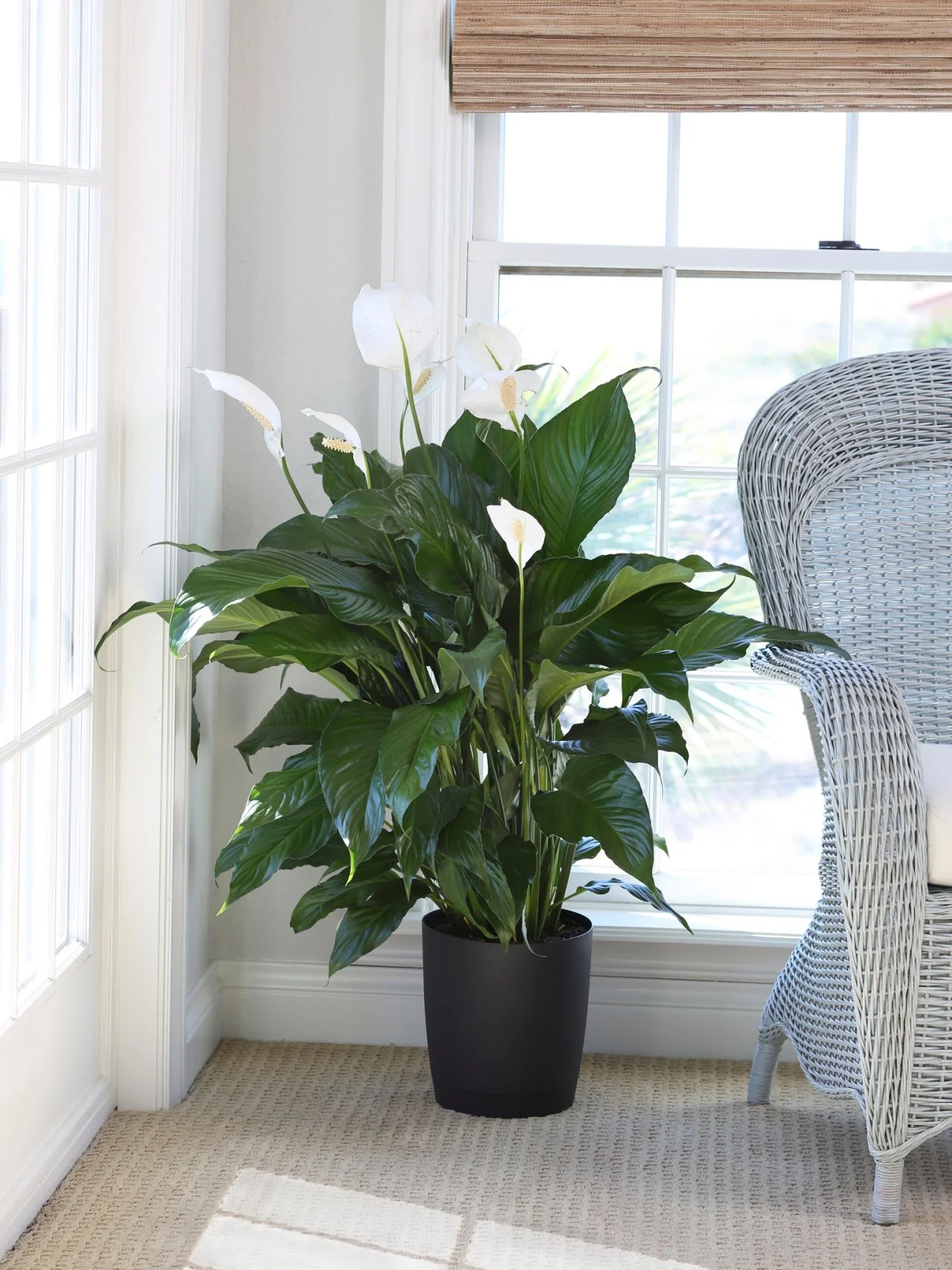A Guide to the Best Low-Light Indoor Plants for Small Spaces
Transform Your Home With Beautiful Low-Light Indoor Plants and Their Benefits
Including low-light indoor plants into your home can significantly improve both the environmental and aesthetic top quality of your space. These plants, which grow in dim conditions, serve not only as ornamental components yet likewise as natural air purifiers, making them ideal for metropolitan dwellers or those with limited sunshine direct exposure. As we check out the various types of low-light plants and their advantages, you might discover unexpected means to integrate them right into your home that can change your environments in methods you may not have actually expected.
Benefits of Low-Light Plants
Low-light plants use many benefits for interior atmospheres, making them an outstanding choice for both amateur and knowledgeable gardeners. Among the main benefits is their flexibility to low-light conditions, permitting people to enhance their living rooms without the requirement for substantial sunlight direct exposure. This characteristic makes them perfect for apartments, workplaces, and other areas with limited all-natural light.

Moreover, incorporating low-light plants into home decor can boost the aesthetic allure of a room. Their lavish vegetation and differed appearances produce a soothing environment, adding to general wellness. The existence of greenery has actually been connected to minimized anxiety levels and enhanced productivity, making low-light plants a useful choice for boosting both physical and psychological health in indoor settings.
Top Low-Light Indoor Plants
While numerous interior plants thrive in intense light, several varieties are especially well-suited for low-light problems, making them perfect for numerous indoor rooms. One prominent selection is the Serpent Plant (Sansevieria), recognized for its striking upright leaves and durability, calling for minimal care. One more superb option is the Pothos (Epipremnum aureum), which features heart-shaped leaves and can track beautifully from wall mounts or racks, thriving in low light and adding a rich touch.
The ZZ Plant (Zamioculcas zamiifolia) is commemorated for its shiny leaves and ability to stand up to forget, making it excellent for busy lifestyles. Likewise, the Tranquility Lily (Spathiphyllum) not only endures reduced light however additionally generates stunning white flowers, improving any type of area's visual.
For a distinct touch, think about the Cast Iron Plant (Aspidistra elatior), which without a doubt meets its name, thriving in the darkest corners of your home. The Chinese Evergreen (Aglaonema) supplies a selection of leaf patterns and shades while being exceptionally flexible in low-light problems. These plants not only beautify interior atmospheres but also add to air purification, enhancing your living room.
Treatment Tips for Low-Light Plants

Sprinkling techniques are vital; these plants typically prefer somewhat completely dry conditions. Overwatering can bring about root rot, so make sure that the leading inch of soil is completely dry before sprinkling again. Usage pots with drainage openings to permit excess wetness to escape.
Humidity is an additional essential variable. Many low-light plants, such as brushes and tranquility lilies, advantage from greater humidity degrees. To increase moisture, think about misting the fallen leaves or positioning a tray of water near the plants.
Fertilizing must be approached with care. During the expanding season, utilize a watered down, well balanced liquid fertilizer on a monthly basis to support development, but stay clear of fertilizing during the inactive cold weather.
:max_bytes(150000):strip_icc()/low-light-plants-GettyImages-1360510675-50ad3d1ad95942ecaed5e4cee84f7572.jpg)
Imaginative Ways to Display Plants
Interior plants can work as exciting focal factors in any area, improving both aesthetic appeal and ambiance. Creative screens can boost the aesthetic influence of low-light plants, making them an indispensable component of visit your home decor. One effective method is to use tiered plant stands, which allow you hop over to these guys to showcase multiple plants at differing elevations while taking full advantage of floor space.
Hanging planters are another innovative option, developing a feeling of deepness and attracting the eye up. Think about macramé hangers or wall-mounted shelves to present an one-of-a-kind appearance and design.
For a much more structured method, use geometric terrariums or glass containers to house your plants, adding a modern touch to your interior yard. You can likewise repurpose vintage products, such as teacups or wooden cages, for an eclectic display that mirrors your personality.
Enhancing Home Setting With Plants
Incorporating low-light plants right into your home not just boosts aesthetic charm but additionally contributes substantially to the overall setting. These plants act as natural style aspects, introducing a feeling of serenity that can change any type of room. The presence of plant fosters a calming ambience, which is especially advantageous in high-stress settings such as home workplaces or living spaces.
Low-light plants, such as snake plants, pothos, and ZZ plants, are not only aesthetically pleasing yet also boost indoor air top quality by filtering contaminants. This dual function enhances the setting even more, developing a healthier space (Best low-light indoor plants). The strategic positioning of these plants can likewise influence the assumption of area; for instance, tall plants can attract the eye upward, making ceilings show up higher and areas extra large
Furthermore, varying appearances and colors of foliage include depth to interior decoration, allowing for imaginative expression in home designing. Whether put on racks, in corners, or as centerpieces, low-light plants can boost the mood of any type of room. In recap, integrating these plants into your home is an efficient way to foster a warm, welcoming ambience while profiting of enhanced air high quality and visual convenience.
Conclusion
Including low-light interior plants right into home atmospheres provides numerous advantages, consisting of enhanced visual allure and enhanced air quality. These resistant plants, such as the Snake Plant and Peace Lily, call for very little light and maintenance, making them ideal for diverse way of livings.
While lots of indoor plants thrive in brilliant light, several varieties are especially well-suited for low-light problems, making them optimal for various interior spaces. One reliable method is to make use of tiered plant stands, which enable you to display several plants at differing heights while taking full advantage of flooring area.
Low-light plants, such as serpent plants, pothos, and ZZ plants, are not only cosmetically pleasing but additionally improve interior air quality by filtering system pollutants. Best low-light indoor plants. The critical placement of these plants can likewise affect the perception of room; for circumstances, tall plants can attract the eye upwards, making ceilings appear greater and areas much more sizable
These resilient plants, such as the Snake Plant and Tranquility Lily, call for very little light and upkeep, making them ideal for diverse way of lives.